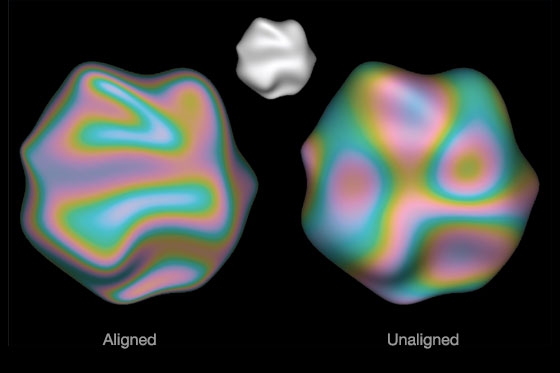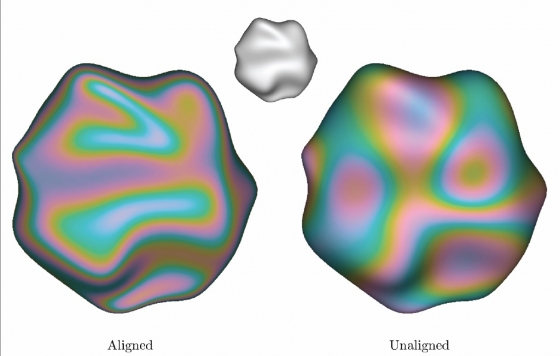Understanding Networks of Neurons in the Primate Brain

Understanding Networks of Neurons in the Primate Brain
Networks in the Brain
Neurons are a primary cellular constituent of the brain. We each have about 1012 neurons, each making perhaps 5 x 104 connections to other neurons. Each connection (synapse) is like a small computer. How can such complex networks be understood in information processing terms? How might they be organized to compute different inferences? How much are they specified genetically? How much do they learn from the world?
One challenge is determining the level at which to describe function. About one half of the primate brain is involved in processing visual information; this half is is organized into a number of anatomically distinct areas each of which consists of networks of millions and millions of neurons. At a finer scale, the synapses are complex biophysical computers.

Levels of description capture different properties of the brain, from phenomenology at a large scale to biophysics at the small scale. Each level suggests a different network methodology: how can they be related to each other?
Visual Interferences
Our group concentrates on the visual system, which seeks to infer the structure of the world from the images falling on our eyes. How do we locate objects and determine what they’re made of? What color is an apple? Can I grasp it? Eat it? What is the purpose of color vision?

Which color image looks more 3D? Shading is an important source of 3D information. The interaction between color and shading provides information about material properties.
Experience-based learning
Much of the structure of neural networks is acquired by activity: “cells that fire together wire together.” We study how networks can learn the high-order structure of features in the world, such as edge elements, while performing perceptual activities.

